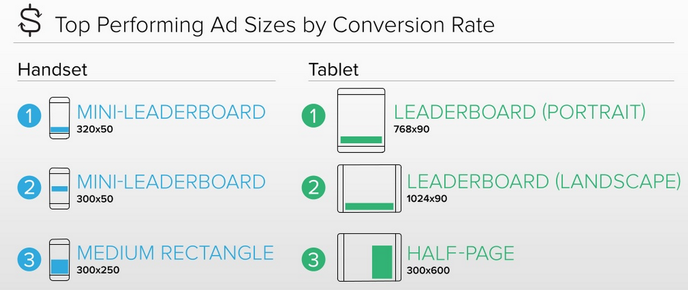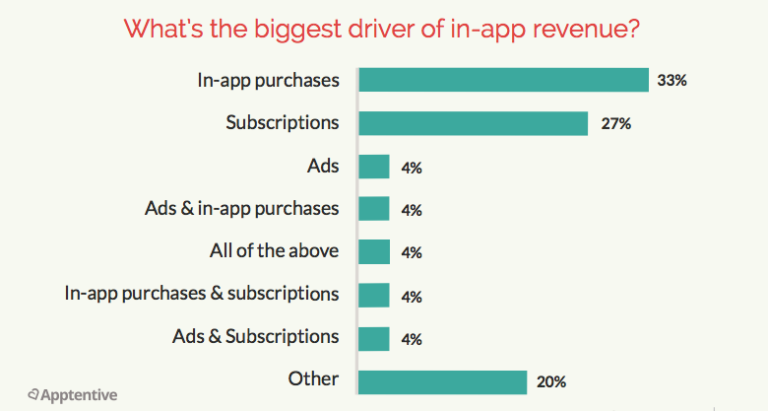What Are The Best Ways To Monetise Your App
The app market is massive and soaring to new heights, in 2017 there were 178.1 billion mobile apps downloaded and this figure is projected to grow to a massive 258.2 billion apps by 2022. The global app market is huge and is expected to reach $188.9 USD billion by 2020.
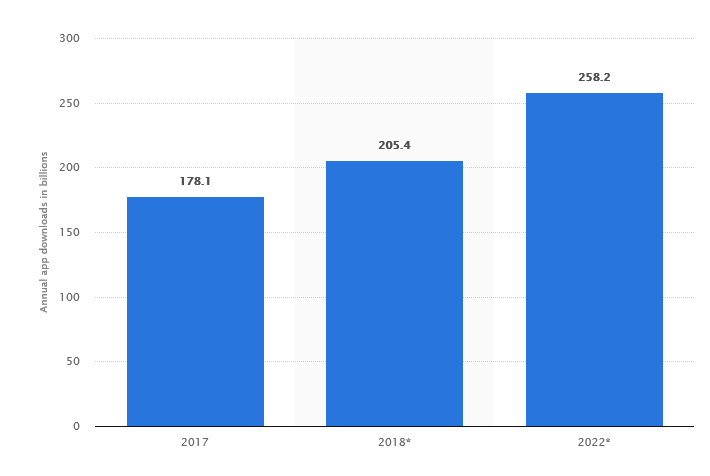 In such a booming market it's important to know the best ways to make money from your app. That's not to say that all apps make money, in fact most will not make enough money to cover their development costs, so it's a smart idea to consult with an app development company for proper advice before jumping in. The smartest apps incorporate multiple monitisation methods leveraging off the variety of ways the individual app is used, market forces and the particularities of their target demographics. We've developed this list to educate you on what options are available to make money from your app;
In such a booming market it's important to know the best ways to make money from your app. That's not to say that all apps make money, in fact most will not make enough money to cover their development costs, so it's a smart idea to consult with an app development company for proper advice before jumping in. The smartest apps incorporate multiple monitisation methods leveraging off the variety of ways the individual app is used, market forces and the particularities of their target demographics. We've developed this list to educate you on what options are available to make money from your app;
1. Banner Advertising
One of the most simple and obvious ways to monatise your app is by earning revenue through third-party advertising. Through this method, you will make money based on how many times adverts are shown and clicked through from your app.
Whilst setting up banner adverts on your app is easy enough, you really need to consider the two methods in managing banner adverts, both with their pros and cons:
Third Party Advertising Network
The most popular advertising method for apps is to use a mobile advertising network that serves the adverts and pays you for the privilege. Setting up this form of advertising is very simple, the mobile ad network you choose provides you with a snippet of code to place in your app. Essentially you place that code where you want the adverts displayed and the advertising network pushes the ads through. The most popular global mobile advertising network is called AdMob, which is owned by Google. Whilst using this platform, you still maintain a level of control over your app banner real estate and have an interface where you can control the adverts which are delivered. You have the ability to block specific advertisers, whole categories or subcategories from advertising on your app, which helps keep the adverts relevant and competitors off your app. 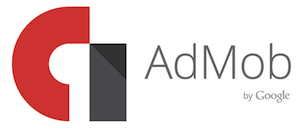 Pros:
Pros:
- very easy to set up
- minimal to no management time
Cons:
- you need a large user base before making any substantial money
In house Advertising
This form of advertising effectively cuts out the middle man (mobile ad networks) and keeps you in complete control of your in-app advertising. You can set your own CPM and charge as much as you want to companies that are willing to advertise on your app. This has advantages and disadvantages so you will need to weigh them properly before deciding which fit is for you. Double Click by Google (which is being consolidated into the new Google Marketing Suit) is the most popular platform that helps manage your in house app marketing. The platform is very powerful and can easily handle a network of apps and websites you may own.  The beauty of this method is you can still incorporate a third party network to deliver adverts to your app, however, you have the ability to overwrite them when you have a custom campaign for clients or partners. Once your campaign is finished, the third party network takes over the ad spots again, so you can have a continued revenue stream and maximsed revenue. Pros:
The beauty of this method is you can still incorporate a third party network to deliver adverts to your app, however, you have the ability to overwrite them when you have a custom campaign for clients or partners. Once your campaign is finished, the third party network takes over the ad spots again, so you can have a continued revenue stream and maximsed revenue. Pros:
- You can set the CPM, and charge however much you want
- In-depth segmentation and targeting of your audience allows you to charge more $$ to companies wanting to advertisers on your app
- You have the ability to cross-promote your other services or products at no cost
- Ability to leverage third-party ad networks and in house adverts
- Best way to maximse revenue is if you can generate in house management demand
Cons:
- You will need to manage the advertising and targeting in house
- Finding people willing to advertise directly on your app and not through a mobile ad network may be time-consuming and difficult
- This method is more technically demanding
2. Traditional app store sale
Selling your app for a once-off payment is still a popular method for app monatisation, although the industry has been moving away from it for several years. The biggest reason for the shift is that there are ongoing costs with app hosting and keeping the code up to date and relevant, so once payments for your app will fail to further monetise users or create a consistent revenue stream. This however can be offset with the right pricing structure and app popularity. 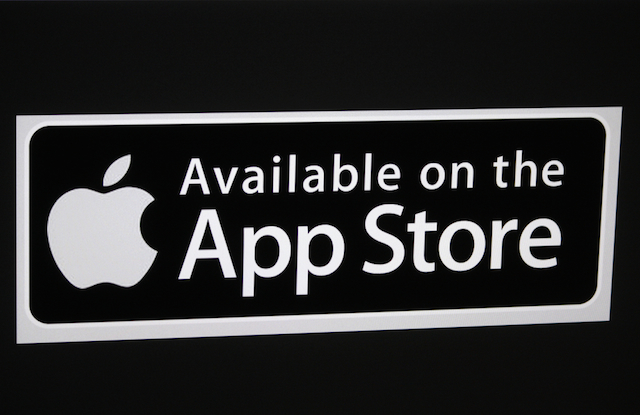 Apps that do not provide dynamic content, that is quite simple but useful or entertaining generally use this monatisation model the most. Niche apps that are first on market or that are far superior to competitors can charge a much higher purchase price for an app, as long as market forces are willing. Pros:
Apps that do not provide dynamic content, that is quite simple but useful or entertaining generally use this monatisation model the most. Niche apps that are first on market or that are far superior to competitors can charge a much higher purchase price for an app, as long as market forces are willing. Pros:
- Simple and easy to create
- Can provide a high value per user by charging them a premium
Cons:
- A once of payment for your app will not provide a continuous revenue stream, which means you may need to support the app hosting environment and code even when purchases dry up
3. In-app purchases and subscription models
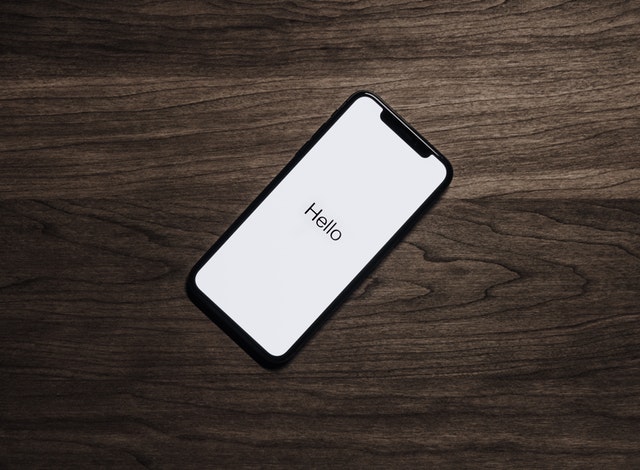
- Recurring subscription payments are an excellent way to generate reoccurring revenue streams and get the most ROI from your app
- Non consumable purchases put the user in control and let them pick what functionality or features they want to use and are willing to pay for
- If your app is not structured properly a user will feel as though they are not getting enough value from your app
- Relying only on non-consumable purchases will not provide a reoccurring revenue stream so try to combine models
- Dynamic data tends to have higher development and upkeep costs so make sure there is a demand for what you are providing
4. In app transaction fees
- airbnb
- booking.com
- sky scanner
- uber
- Adding third party integration can add useful functionality and an extra revenue stream
- Can dilute the core functionality of your app if the integrations are not well planned
- API integration needs to be monitored and maintained as you are relying on third-party API which will change and evolves over time
6. White labelling - sell your app to businesses
- Can be an excellent exit strategy with great ROI
- No need to invest in marketing or app promotion
- As you have developed the app, you can generate a revenue stream by maintaining and further developing the app for the party its been sold to
- Finding the right buyer may be difficult
- With the pace of technology, your window for white labelling may be limited
7. Partnerships
- Drive app usage through your partner's network
- Reduce or eliminate app promotion costs
- When going into partnership your partner will often expect you to abandon other monetisation methods
So what is the best way to make money from your app?
- Combine several monetisation models to maximise revenue
- Focus on a recurring app subscription model as a centrepiece if possible
- Explore how you can further monetise your app through third party collaboration integration, partnership or exit strategy

